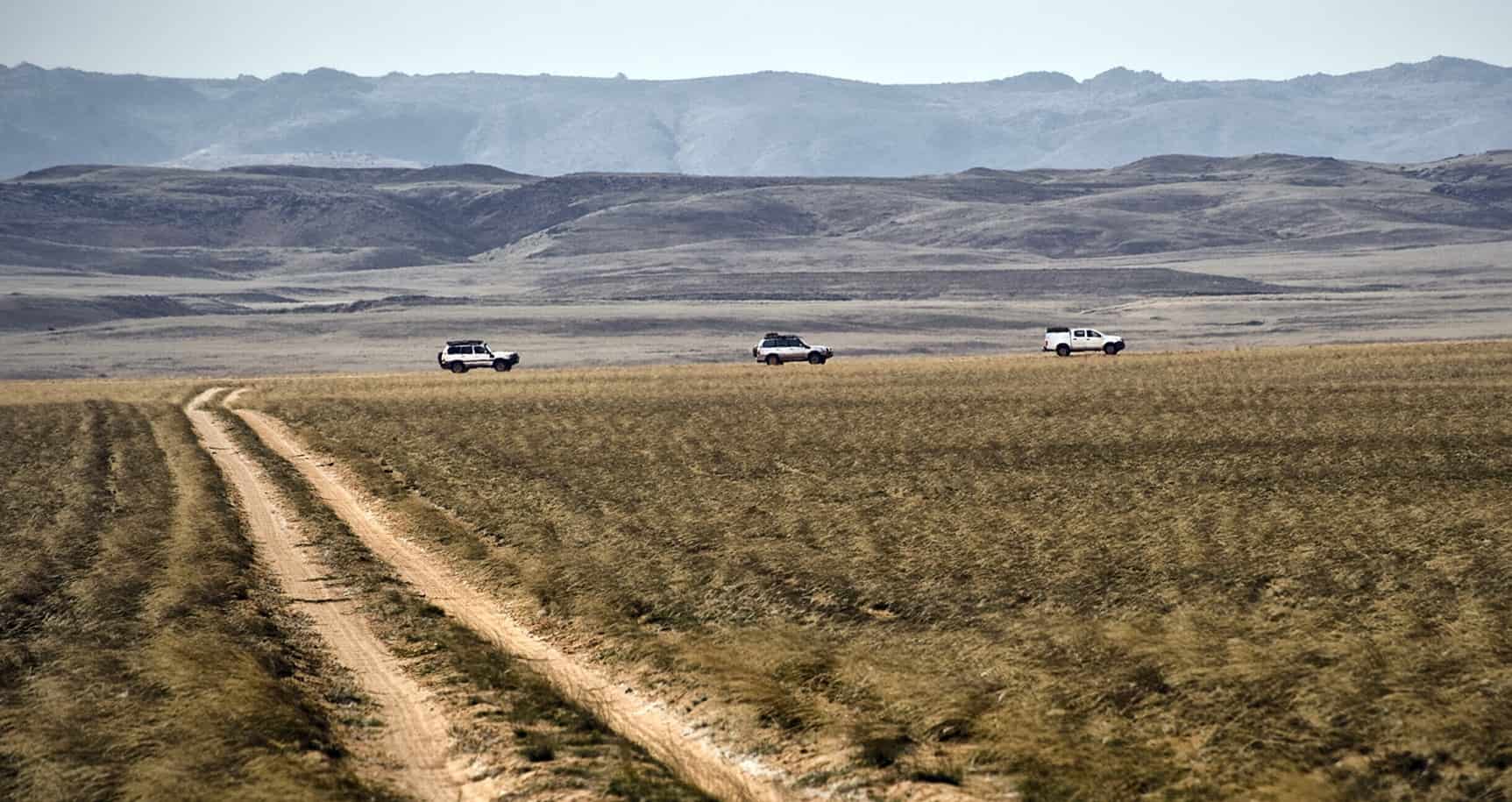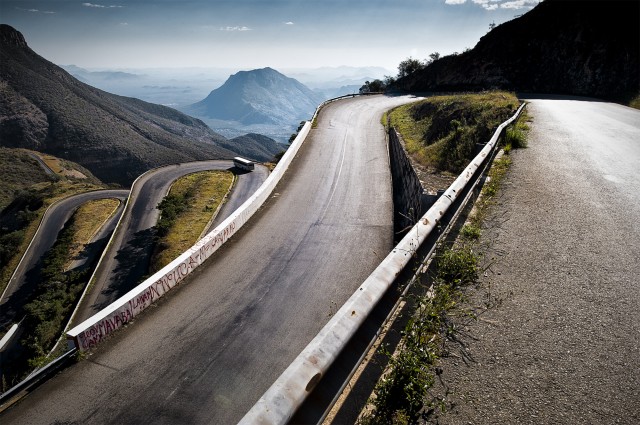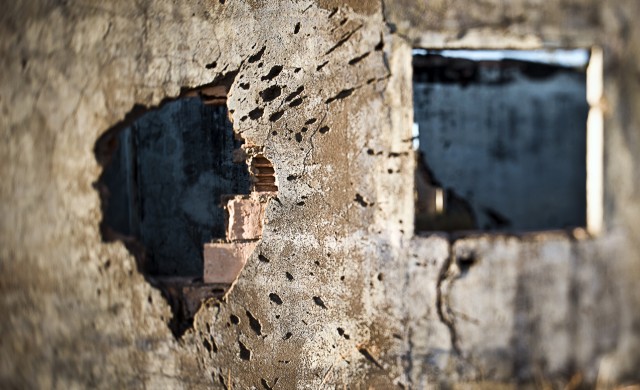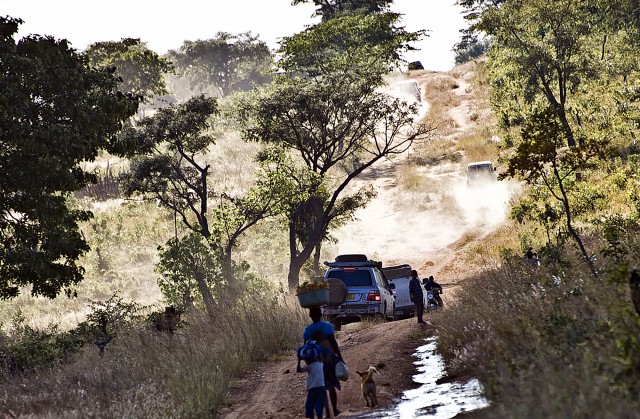“Pay attention, boy!” came the command from across the classroom.
I jerked awake from my dreaming.
This was a daily, sometimes hourly, occurrence. I used to assume that every boy dreamt like I did. Wasn’t that normal?
Yes. But not as much as I did.
As I grew up, I learnt that dreaming is vital to the successful person. It worked well for me. It’s what makes us unique. Mine were dreams of visiting amazing places with strange sounding names. In 2010, I lived that moment when I travelled into the heart of war-torn Angola to find the source of the Okavango River, one of Africa’s greatest waterways. I realized then that I had conquered all, and that a dream of many colors had become reality. And it was as good, if not better, than I’d ever imagined it would be.
My father, a very successful writer, championed my dreams. Like most fathers, he planned our yearly family vacations. But unlike many, he had us go to the most out-of-the-way, remote and extraordinary places imaginable. Ordinary was not in his vocabulary. The trip I remember most, and which had a profound impact on my career choice and lifestyle, was to the Okavango Delta, Botswana, when I was twelve. The experience had the effect of setting up a constant pain in my chest. An almost insatiable yearning, a lust to travel through the most remote places I could find. In addition, much later, I spent a year in the Okavango, the result of which is the bestselling travel memoir, Torn Trousers.
By 2010, I had created a mapping company, written 14 books, produced three TV series and had become pretty well-known for my knowledge of matters 4×4. I decided to celebrate by making what would be my most ambitious TV series yet. It was to be an expedition to locate the source of the Okavango River, the river that feeds the Okavango Delta. But it lies in a country far to the north, in one that had forgotten the meaning of the word tourist. Angola’s 20-year war against its neighbors and itself, has taken a toll on its people that is hard to imagine. But this strange, rarely visited country was where I had to go to find the river’s birthplace. And this I did.
At the time, I was driving the much-admired Toyota Land Cruiser 105, which is basically a 100-series with the 80-series suspension. It was mostly standard but with up-rated suspension and tires. It would take an estimated 60 days from my home in Cape Town, South Africa, to find its source, and then follow it, mile by mile to its end, somewhere in the remote Kalahari.
The Okavango is unlike other rivers as it never finds the sea. Its waters originate in the highlands deep in Angola, flow into the Okavango River, and then into the vast paradise called the Okavango Delta. If you can imagine a bucket of water being poured onto a kitchen floor, that is what the river is like: the water spreading ever outwards from its source, never getting deep. The Kalahari, onto which it spills, is incredibly flat, so a river, barely a hundred yards wide, creates a delta covering over 13 000 square miles. Animals of every kind gather to enjoy its bounty. The river is feed by summer rains in the Angolan highlands. Due to the slow flow, in the times of rain in the Kalahari, the water level is at its lowest, and at the height of the dry season, the flood plains are soaked and often impassible. It is one of Africa’s great miracles.
For me, the expedition began at my home in Cape Town in June 2010. I headed north, through the remote Namib Desert. I did this 10-day stretch all on my own, to experience the sensation of being utterly alone and completely cut off. I intentionally took no satellite phone with me. On the way, the isolation was so acute, I suffered from what I call ‘benign insanity’. It’s a passing malady and nothing to worry about, instantly cured by the presence of other people. That happened on the border between Namibia and Angola, where I met my guides to take me into this new country.
Angola turned out to be the most extraordinary country I’d ever visited, and far different from any of the many other African countries I had explored. The colors, textures and spirit was unique. The people, while being mostly friendly, also seemed curios and cautions of us. Tourists were extremely rare. Nobody can enter Angola unless specifically invited by an Angolan resident or business. So arriving at a border, hoping to be accepted is a lost cause. It had taken me three months and an invitation to secure my visa.
In Angola, unlike almost all other African countries, it is considered polite, and even prudent, to inform the local police of your presence when entering a new town, especially if the intention is to overnight. And this meant that an interpreter was needed. My guides included an Angolan man whom we affectionately named Speedy.
The lingua franca is Portuguese, and so I learnt to say ‘hello’ and ‘thank you’ before I arrived. I figured it would be enough. Turned out it wasn’t. So I picked up a few extras along the way.
My biggest lesson came while driving on roads recently cleared of land mines by the United Nations. I got separated from the convoy, and because roadblocks were frequent, used my never-fail method of getting through them unscathed: off came the sunglasses, down with the window, and up went the sides of my mouth.
“Ola,” (hello) I said.
This was followed by a blank stare and several words that could have been Cantonese, for all I know.
So I handed over my passport. It was flipped through a bit, and followed by several more phrases.
Then I used a new phrase that was to become a lifesaver. “No comprehendo. Tourismo.”
The officer replied with several more unrecognisable words, but I could swear I heard the words, “Bloody tourisimoes!”
Anyway, it worked.
In frustration, he waved me on.
He might have been trying to tell me he wanted to search the truck, or he may have been asking for a cigarette. Either way, I had nothing to hide and I didn’t have any tobacco. Twice more I was caught without an interpreter, and twice more I used this trick, and it did equally well.
Finding the source of the Okavango meant research before the trip. But it wasn’t easy. I could find very little help and had to come to conclusions on where it might be with almost no written evidence. Could I be the first to ever document its exact location? I doubted it, but I could find so little evidence, that it was possible. I was sure though, that I would be the very first to film and document it in a TV show.
At the source, I collected a bottle of water full, intending to pour it out at the very end of the river, which we knew would be somewhere in the deep, remote Kalahari.
These first 15 episodes follow the expedition all the way through Namibia and Angola. In the final 11 episodes, currently being uploaded to YouTube at one episode a week, the expedition attempts to follow the river through Botswana. Our path was mired by floodwaters. It’s an epic tale of adventure and triumph.
“This is some of the best adventure travel TV I’ve ever made, and remains the most significant expedition I have yet undertaken.” Andrew St Pierre White.
YouTube Playlist:
Living the Overlander’s Dream – Okavango River Expedition, episodes 1-15.
Individual episodes
Living the Overlander’s Dream – Okavango River Expedition, episodes 1-15.










